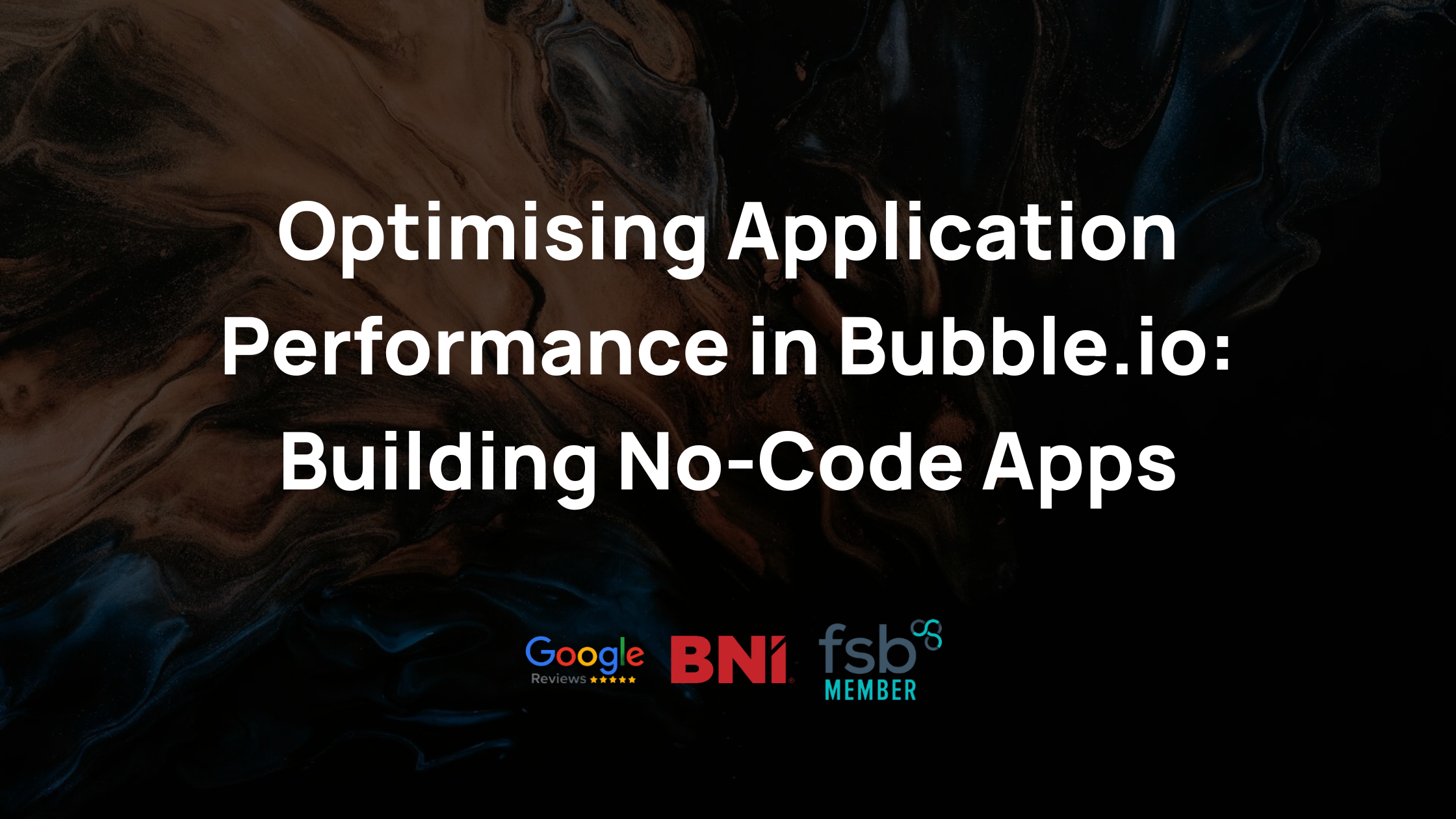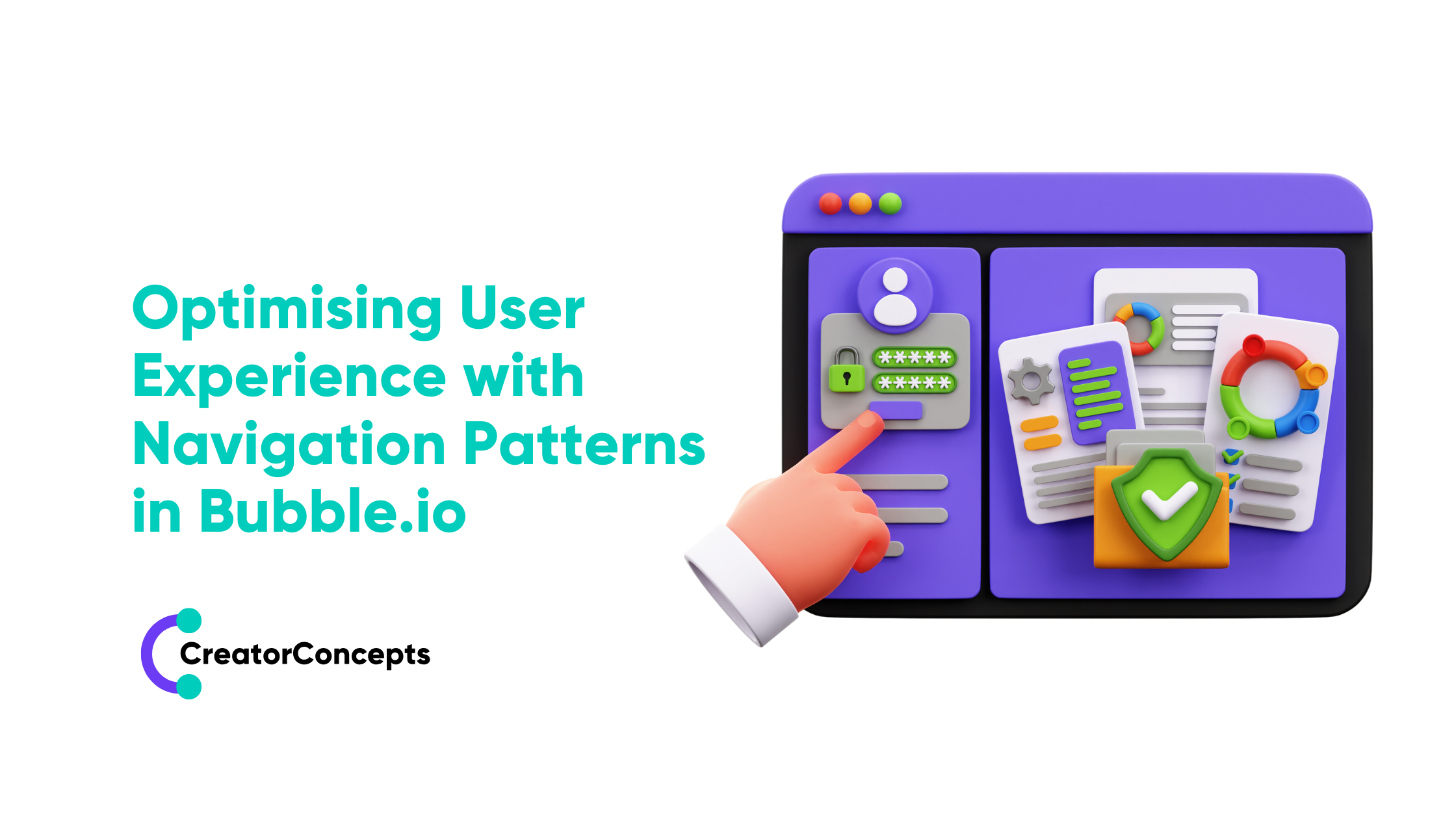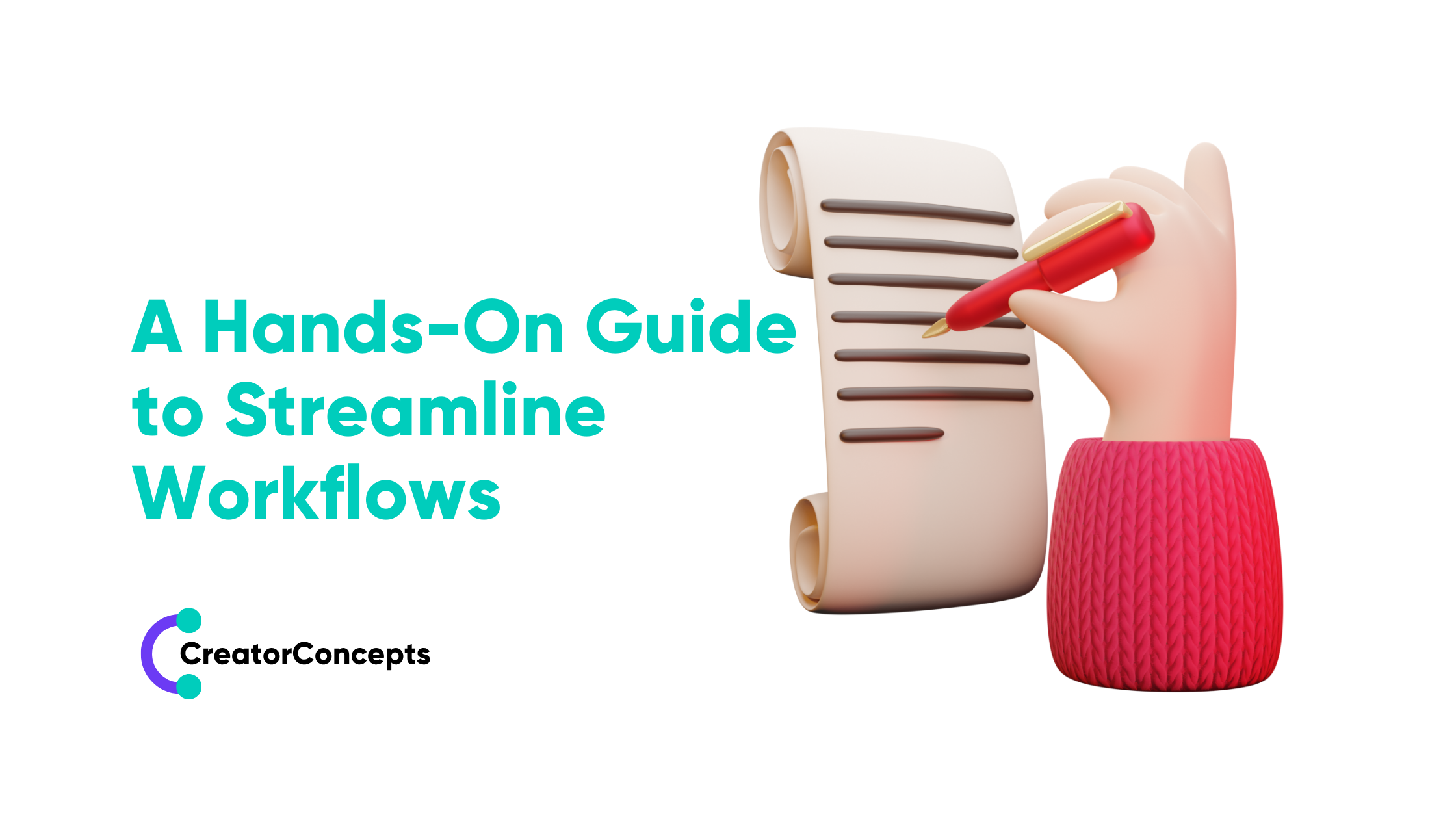Building a Scalable and Optimised Bubble.io App: Performance Best Practices
In the world of digital experiences, providing a swift, efficient, and seamless user experience is paramount. An optimised application fosters user satisfaction and retention, which is why it's crucial to ensure that your Bubble.io app operates at peak performance. As seasoned Bubble.io developers, we understand the importance of striking a balance between robust functionality and optimal performance.
In this comprehensive guide, we offer expert advice on constructing scalable and efficient Bubble.io applications that deliver stellar user experiences without sacrificing functionality or performance.
Part 1: Page Load Optimisation – Strategies for Faster Experiences
The first crucial aspect of optimising your Bubble.io app's performance is ensuring swift page load times. Slow-loading pages can frustrate users and hurt your app's reputation. Employ these strategies to minimise load times:
a. Lazy Loading
Use Bubble.io's built-in 'conditional' feature to implement lazy loading. Lazy loading delays the loading of elements or content until they become visible on the user's screen. This technique not only saves bandwidth but also reduces the initial page load time.
b. Asset Optimisation
Images and media files can be the most significant contributors to slow load times. Optimise your app's images using lossless compression techniques to reduce file size without compromising quality. Keep in mind the various device sizes and display appropriate images accordingly.
c. Prune Extraneous Elements
A very high number of visual elements on your page can slow down your app. Keep your UI simple, remove unnecessary elements, and combine smaller elements into groups or reusable elements to reduce the overall element count.
Part 2: Workflow and Database Efficiency – Streamlining Processes
Another crucial element of app performance optimisation lies in ensuring efficient workflows and database queries. Streamlined workflows and data retrieval can impact your app's speed significantly.
a. Minimise Redundant Workflows
Inspect your app for any redundant workflows or repetitive actions that could be eliminated or optimised. Simplify complex workflows and make use of Bubble.io's custom events to increase modularity and reusability.
b. Efficient Database Queries
When it comes to database queries, focus on optimising the retrieval process. Use constraints and specific search conditions to narrow down your queries to retrieve only necessary data. Leverage Bubble.io's built-in data processing `:filtered` function to further refine your searches.
Part 3: Caching and Data Storage – Improving Responsiveness
Taking advantage of caching and well-designed data storage strategies can significantly enhance your Bubble.io app's performance, boosting its responsiveness and reducing server load.
a. Client-Side Caching
Employ client-side caching to store frequently accessed data locally. Use Bubble.io's custom states or browser storage solutions such as LocalStorage or IndexedDB to achieve this functionality.
b. Server-Side Caching
Implement server-side caching for data that is less dynamic and more prone to reuse. Bubble.io's server-side actions and backend workflows provide an excellent way to cache data server-side, saving computation time and server load.
c. Intelligent Data Storage Design
Design your app's data structures carefully, considering data access patterns, relationships and simplifying complex models. Efficient data storage design can greatly impact your app's performance, particularly during data retrieval operations.
Part 4: Scaling Your App – Best Practices for Growth
As your app's user base and data grow, maintaining efficiency becomes increasingly critical. Consider these best practices to build a scalable Bubble.io app that performs optimally as it expands.
a. Pagination and Infinite Scrolling
Instead of loading massive amounts of data at once, employ pagination or infinite scrolling techniques. These methods allow your app to handle large datasets with ease, only loading additional data when needed.
b. Capacity Management
Monitor your app's server capacity, particularly during peak usage times. Plan for growth, and consider upgrading your app's capacity within Bubble.io if necessary, to better accommodate increased user activity.
c. Optimise Images for Responsiveness
Ensure your app adapts seamlessly to various screen sizes and devices. Use responsive image techniques to deliver appropriate image resolutions for different screens, improving your app's performance on mobile devices.
Part 5: Monitoring and Analysis – Identifying Opportunities for Optimisation
Continuous monitoring and analysis of your Bubble.io app's performance allow you to efficiently identify bottlenecks or areas requiring improvement.
a. App Performance Monitoring
Regularly monitor and assess your app's load times, server response times, and user activity. Identify trends and potential performance issues, addressing them promptly.
b. Analyse Workflows and Data Queries
Periodically review your app's workflows and database queries to identify inefficiencies or potential optimisation opportunities. Make necessary changes and track the improvements in your app's performance.
Conclusion
Optimising your Bubble.io app's performance is a vital endeavour, ensuring smooth experiences and satisfied users. By following this comprehensive guide on best practices for performance optimisation in your Bubble.io app, you'll be well on your way to creating a responsive, efficient, and scalable app without sacrificing functionality. If you require further assistance or expert advice on performance optimisation, our experienced team of Bubble.io specialists at CreatorConcepts Limited is here to help you unlock your app's full potential and ensure exceptional user experiences.
 By
By


